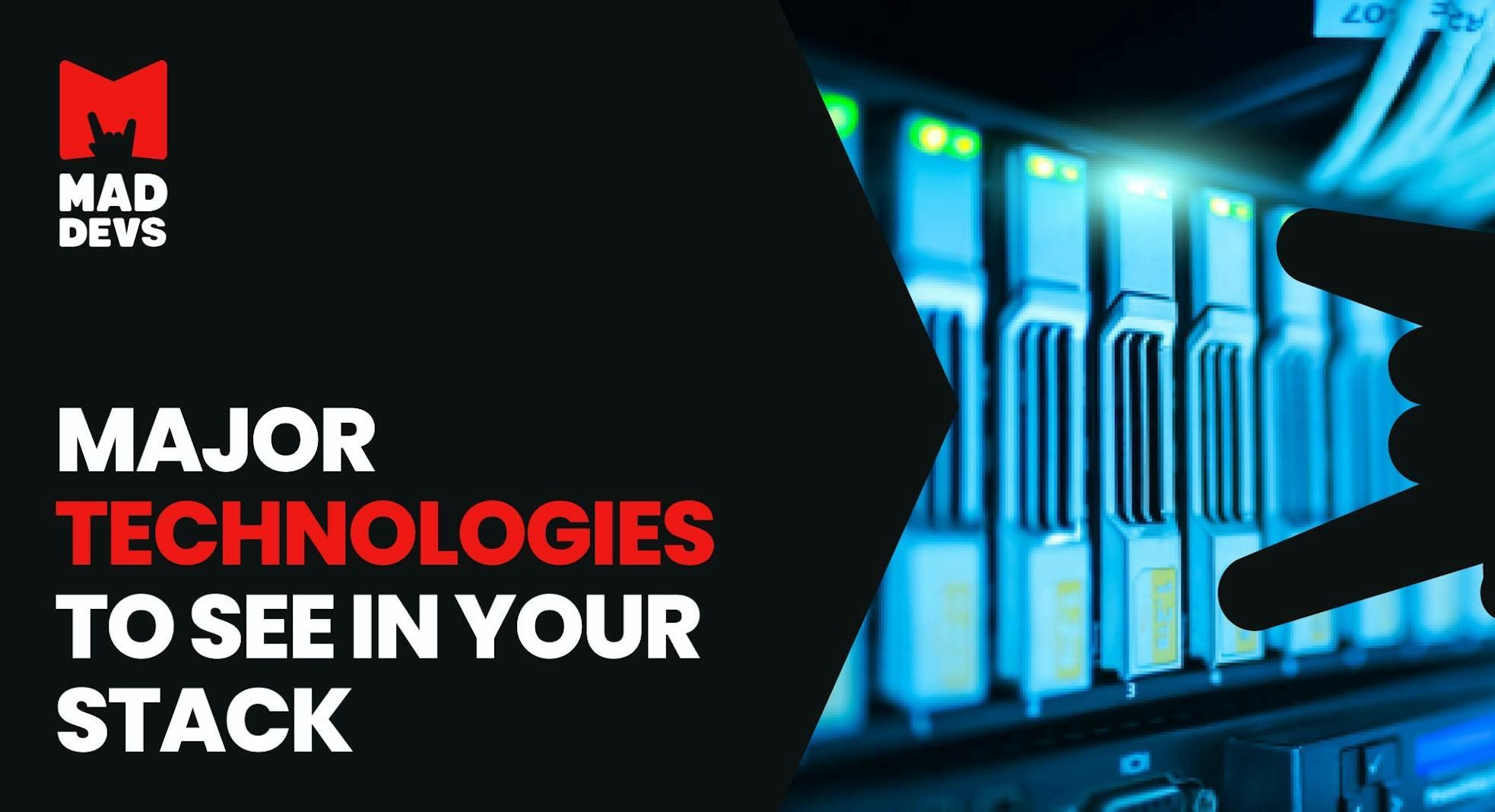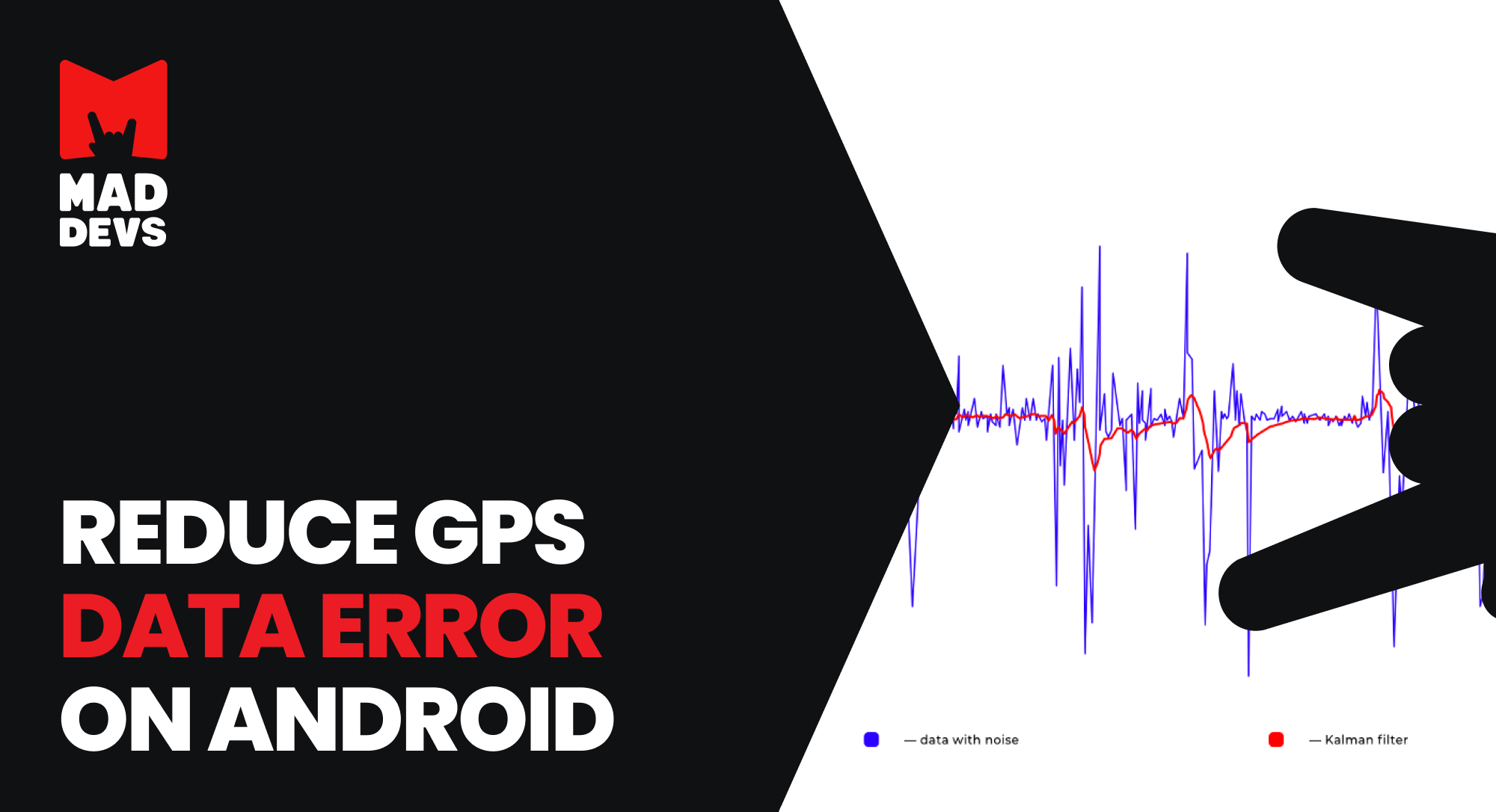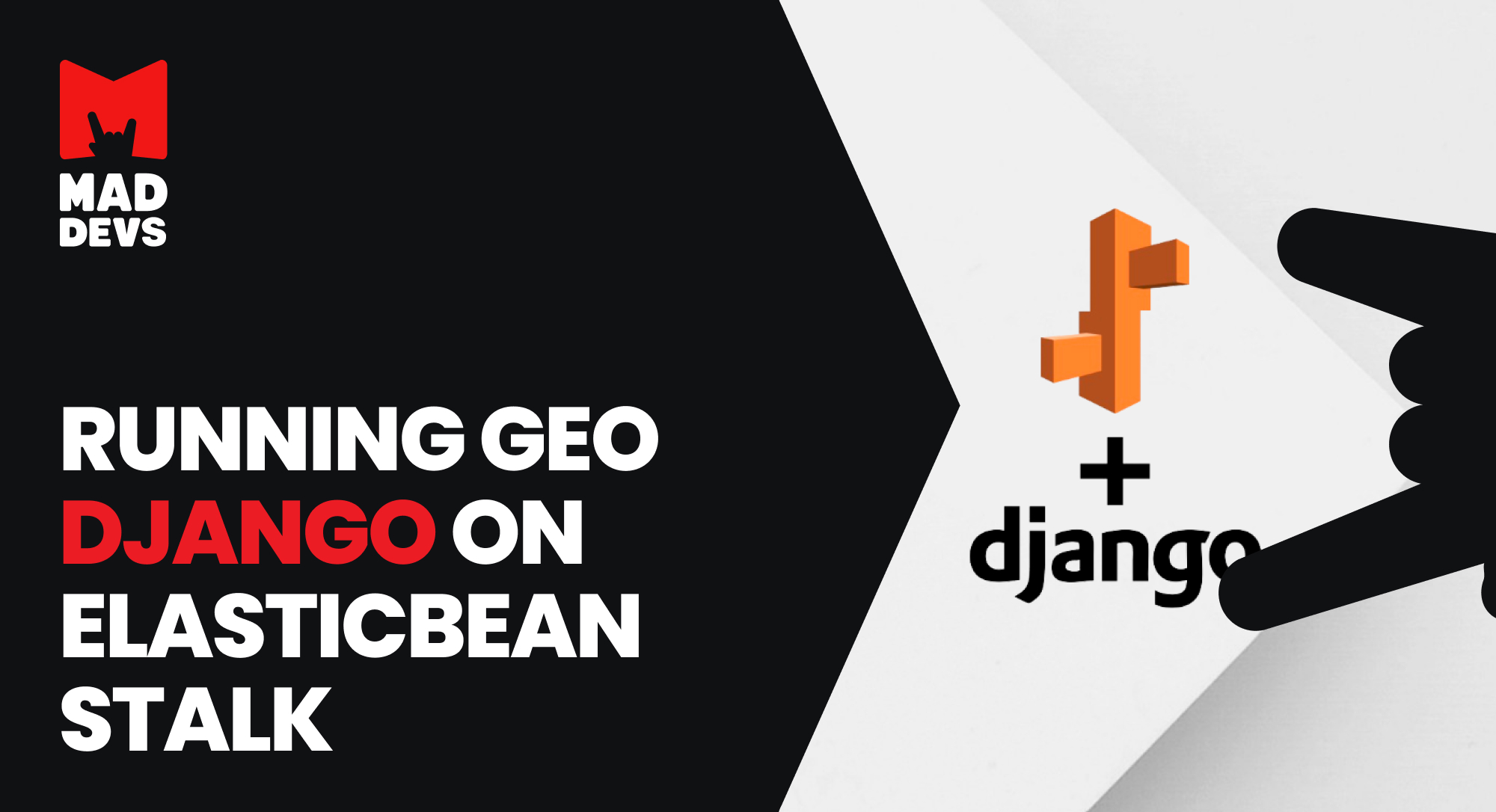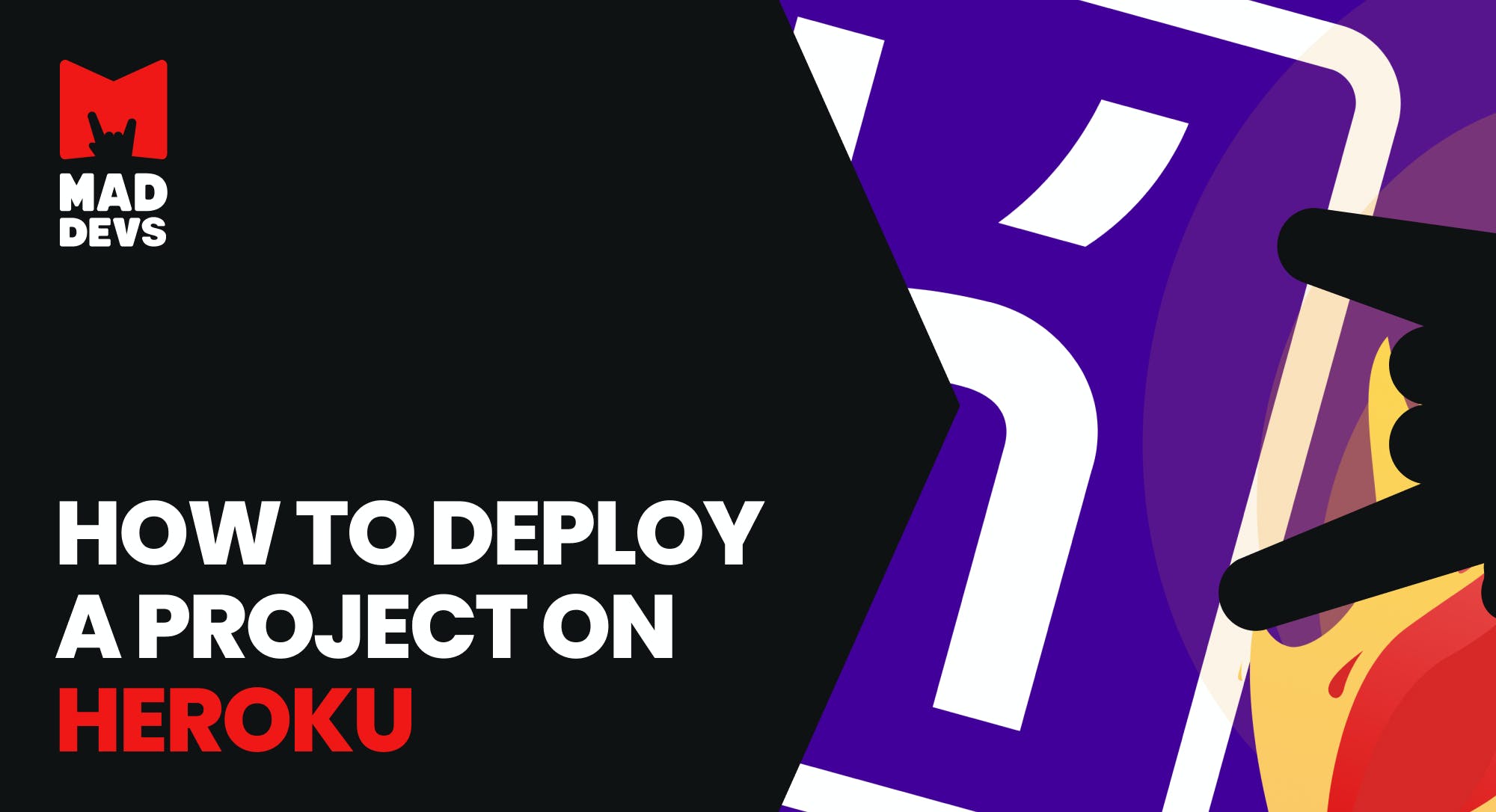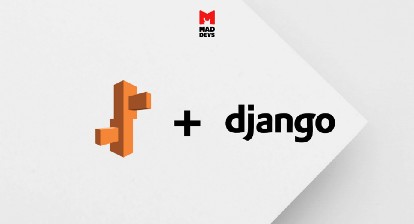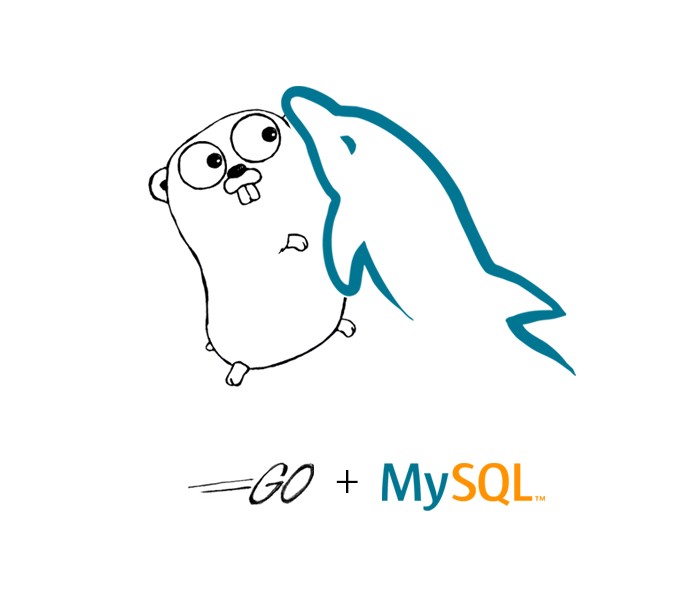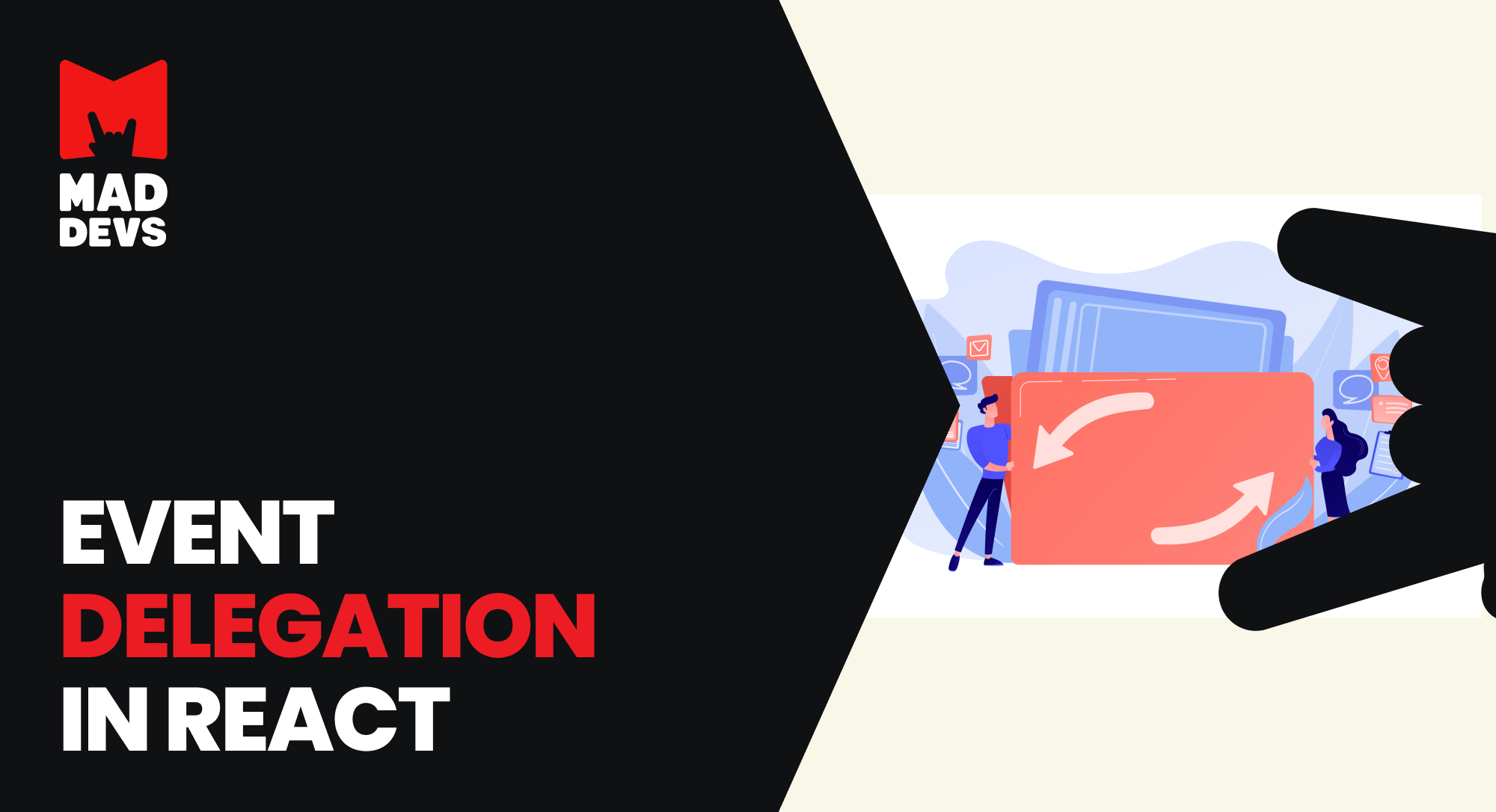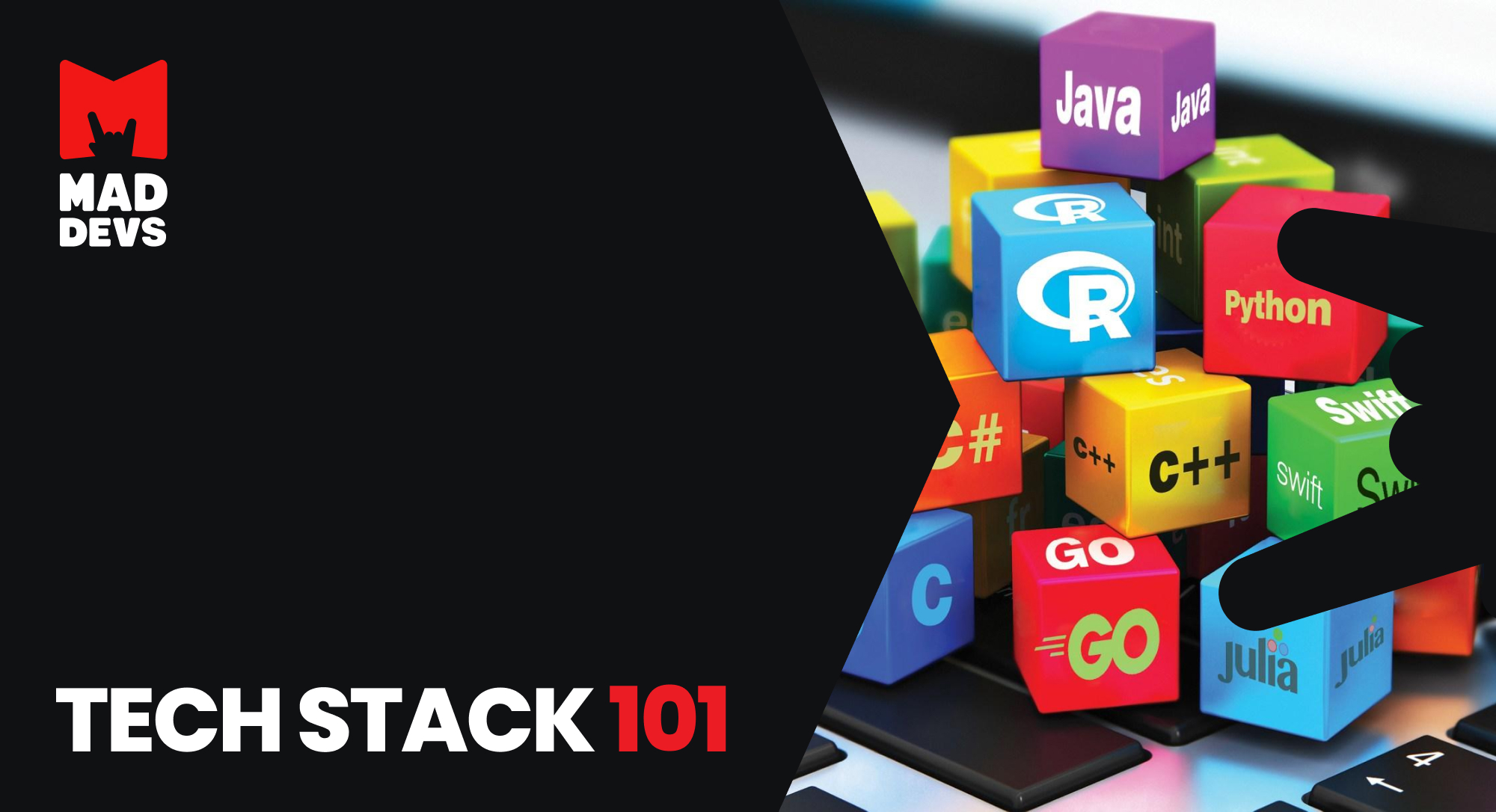The world of software development is increasingly dynamic: new technologies, tools, and frameworks emerge on a daily basis. Yes, only a small percentage of them manage to stick around, but the sheer volume of tech releases is more than enough to confuse and misdirect potential users.
Then, there are the older technologies that have been around for what seems an eternity. These technologies (for example, Java) are continuously updated and expanded upon. All this makes the process of settling on a fitting tech stack nothing short of a Herculean feat.
Here is a high-level description of tools, frameworks, and programming languages to give you a summary of what you might expect when compiling a tech stack for your project.
Languages
PHP
With more than two decades of active use in the field, PHP is one of the oldest programming languages out there. It has matured well with continuous updates and support, but the number of developers who are interested in coding in PHP is decreasing over time.
Main use: web development. PHP is a scripting language, and it is quite effective for building the server-side of large web apps. Facebook and WordPress are the largest examples of PHP put to good use.
Pros
- Cost-effective: For starters, PHP is an open-source technology, which means you will not have to deal with licensing fees. The language is most commonly used with a LAMP stack that is a combination of free technologies. Hosting is much cheaper as well.
- SEO-friendly: Thanks to its synergy with HTML, PHP allows for faster load times. Integration of PHP into HTML and vice versa takes as little as a script. Improved load speed is great if you want to rank well in search engines.
- Years of accumulated progress: PHP has been around for 20 years. A lot of improvements and integrations were made. You will get access to a plethora of databases from MySQL to Redis and MongoDB. The availability of documentation makes learning much easier.
Cons
- Lack of popularity: One of the greatest cons of PHP is that it is getting less and less popular. It can be hard to stack a team of coders.
- Lack of dedicated libraries: PHP simply can't compete with the likes of Python in this domain (if just the number of available libraries is considered).
- Security concerns: PHP is an open-source language with a low barrier of entry. The availability of code and the prospect of working with inexperienced coders raise a lot of security concerns.
Python
Much like PHP, Python is a language that is primarily used in web development. That said, it is arguably much more dynamic and flexible, so it is a more popular option among developers nowadays. Instagram, Disqus, and Spotify are great examples of websites built on Python.
Pros:
- Easy to use: Python possibly has the lowest learning curve among popular web development languages. It is also quite easy to read and use.
- Asynchronous: A lot of issues can be avoided (or dealt with in a smoother fashion) when each code runs separately.
- Flexible: Python does not tie your hands as integrations with numerous technologies and programming languages leave you with a lot of room to truly find the perfect tool for the job.
Cons:
- Speed: Python is an interpreted language that, by default, runs slower than alternative programming languages.
- GIL: The language is also limited by the fact that GIL does not allow for executing more than one thread at any given time.
- Simplicity: Yes, ease of use can be a con as well. Developers who are used to Python might find it much harder to learn and work with other languages.
Java
Java is probably the most commonly used programming language out there. Despite being as old as PHP, it aged extremely well, partially due to its reach: you can code web apps with it, true, but you can also develop mobile applications, desktop GUI, web servers, and games. Android apps, investment banks, software tools, and even games like Minecraft are all powered by Java.
Pros:
- Object-oriented language: Java cuts the amount of unnecessary work tremendously by allowing developers to reuse code.
- Distributed computing: You can code solutions on networks that handle both data and application functionality.
- Memory allocation: Java's heap and stack simplify storing and restoring of data.
- Security: The lack of an explicit pointer and a dedicated security manager that defines the access of classes make Java one of the most secure programming languages out there.
Cons:
- Speed: Java is slower compared to natively compiled languages due to its memory-consuming nature.
- Memory management: Java has a dedicated garbage collector that can be overfilled, and this affects the speed and performance of applications.
- UX/UI: Apps written in Java don't look or feel like native applications unless you invest additional time and resources into UI/UX development.
Go
Also known as Golang, Go is a programming language launched by Google. It is much younger than Java or Python; there are currently fewer experienced developers, but the language is growing extremely well.
Pros:
- Ease of use: Clean and accessible syntax makes Go the perfect language for newcomers. Alsot, Go is a perfect choice for lasting projects as it will be much simpler for new coders to learn and understand what was done before them.
- Security: Go makes the hunt for errors and potential flaws much simpler thanks to its understandable syntax. It promotes writing clean code from the get-go. Add a nice garbage collector that prevents memory from leaking on top and you'll get a pretty reliable programming language.
- Great standard library: What Go lacks in flexibility, it makes up in the tools that come from the box. Go's library and slices truly streamline the development process and reduce the need for workarounds.
Cons:
- Youth: Go offers a lot of promise, but as of now, the availability of tools and libraries fades in comparison with what the likes of much maturer Java and Python have to offer.
- Extensive simplicity: Simplicity isn't always a good thing. Go is a much weaker choice for designing high-level functionality or truly complex and intricate solutions.
- No virtual machine: Yes, the lack of a VM was a conscious decision, but it is still quite limiting, especially when more complex programs devastate RAM.
Frameworks
Laravel
Laravel is an MVC-based PHP framework designed to improve the speed of time-to-market delivery. It is open-source, scalable, and quite simple to master.
Pros:
- Great ORM: Laravel's Object Relational Mapping support simplifies the development of relational databases thanks to Relationships and Mapping.
- Routing: The framework simplifies the management of routing processes and offers reverse routing.
- Queue management: Laravel's abstracting process queues unnecessary tasks in the background, thus improving overall application performance.
Cons:
- Lightweight: Laravel offers less support than other frameworks such as Django or RoR. You will need to rely on third-party tools to mitigate this problem.
- Youth: Laravel is not as mature as its competitors, meaning you will face challenges caused by fewer options and lacking documentation.
- Speed: The framework is slower than most of its competitors.
Django
Django is a high-level web development framework powered by Python. The framework emphasizes clean, pragmatic development over designing time-consuming workarounds.
Pros:
- Great CDN and Content Management: Django is excellent at serving users' content quicker based on better handling of multimedia and geographical proximity to the client.
- MTV architecture: The framework's architecture allows for a faster and easier process of transmitting over the Internet.
- Rapid development: Django lets developers work on different components of the code simultaneously.
Cons:
- Not suited for small projects: Django offers a lot of functionality. That said, the flexibility comes at a cost: you will need a high-end infrastructure and vast availability of servers for processing.
- Monolithic: Django isn't particularly flexible. You will be operating within a certain set of rules and limitations and there's no workaround.
RoR
Also known as Ruby on Rails, RoR is one of the most popular web development frameworks on the market. It was built based on Ruby, a fast web development programming language, and has maintained the heavy emphasis on the speed of delivery.
Pros:
- Time-effectiveness: RoR is proud of its gems: open-source libraries that are designed to modify and enhance existing functionality. This is especially good for integrations as there will probably be a gem to meet your integration needs.
- Security: RoR has built-in mechanisms for handling cross-site scripting, request forgery, SQL injections, forceful browsing, and direct object reference.
- Complex business logic: RoR is one of the best web frameworks to handle complex business logic in relatively lightweight products.
Cons:
- Speed and performance: RoR is more than enough to power small projects, but if you are developing a large-scale solution, you will have to deal with the low runtime speed.
- Inside the box: RoR excels at handling standard web apps, but the dependency among components makes it hard to develop a complex and flexible solution.
Servers
Nginx
Nginx is an open-source server developed to handle an ever-increasing number of concurrent connections.
Pros:
- Lightweight: Nginx does not require too much juice (resources and memory) to run effectively.
- Great at handling static content: This server is probably the best on the market when it comes to static content.
- Suited for large-scale projects: Nginx shines best when handling 10K+ simultaneous connections to a single server.
Cons:
- Less support: Communities make or break open-source projects, and while Nginx has a pretty solid one, it is not as supported as its primary competitor Apache.
- Fewer modules: Nginx has fewer modules than the competitors, and it may seem less flexible.
Apache
Apache is a fast, secure, and easily customizable solution for web servers that performs well on both Linux and Windows. The software is open-source and boasts amazing community support. You will see companies like IBM, eBay, PayPal, Facebook, and LinkedIn using Apache.
Pros:
- Cost-effective: Apache is open-source, so it is free to use in your project.
- Flexible: The code is quite customizable, so you can tailor Apache to meet your precise needs.
- Straightforward: It is easy to install and run Apache.
Cons:
- Security: The fact that you can modify the configuration may cause unexpected security breaches.
- Time-consuming: Again with customization: the more you meddle with the code, the higher the chance of introducing new bugs.
- Performance issues: Apache will only experience performance issues on websites with a lot of traffic as Apache spawns new processes per each request.
Database
MongoDB
MongoDB is a document-oriented database that organizes data as JSON documents with fields that are grouped into collections. This approach is designed to keep information consistent, and it offers an extra layer of validation.
Pros:
- Scalability: MongoDb uses shards for horizontal scalability. This approach makes increasing storage capacity much simpler compared to databases that rely on vertical scalability.
- Documentation: There's a lot of resources regarding MongoDB available to your team. Every version is well-documented and supported.
- Speed: The database performs much quicker thanks to storing the majority of data in RAM.
Cons:
- Indexing: You need to be on point with the implementation of indexes if you wish for MongoDB to perform well.
- Joins: Joining documents in MongoDB is a chore.
PostgreSQL
PostgreSQL is an open-source relational database with a history that can be traced back to 1995. It is one of the most advanced and feature-rich databases on the market.
Pros:
- Rich SQL: This database supports a lot of SQL syntax including common table expressions, windows functions, and unstructured data handling technologies like JSON, XML, or Hstore.
- Strong adoption: Due to its long history, PostgreSQL is known by many IT specialists, so finding talents with experience wouldn't be a problem.
- Partitioning: PostgreSQL makes it simpler to work with large data sets by partitioning what is and what is not to be used for the task at hand.
Cons:
- Consuming: PostgreSQL can't boast compression. Your data storage will be under a lot of pressure.
MySQL
Very much like PostgreSQL, MySQL has been around since 1995 with the only difference being that it is now losing traction and popularity.
Pros:
- Steady support: Since the purchase, Oracle has been investing a lot of money and resources into MySQL.
- Purpose: While not as versatile as its competitors, Oracle is designed with a purpose: delivering a reliable solution for the web, cloud, and big data. Without the need to spread itself too thin, MySQL has the opportunity to excel in these directions.
Cons:
- Expensive: MySQL is not open-source; it is owned by Oracle.
- Less community support: Oracle does not accept patches, and it grows slower than similar projects.
- Not as mature: Despite having a long history, MySQL was not always a Relational Database Management System. Instead, it changed its direction over some time, so it is not yet as potent as similar systems.
Front-end
React
React is a hip, quick library that excels at rendering web pages and making them both dynamic and responsive to input. These qualities have made React the go-to choice for many front-end developers.
Pros:
- Virtual DOM: React helps developers make websites that respond quickly to changes like queries and user input.
- Simple: react removes the necessity of complex coding from such tasks as working with HTML strings.
- Reusable components: React-based apps are made from individual components. Each of them has its own control and logic. And once complete, they can be reused whenever you need them.
- SEO-friendly: Websites and web apps powered by React boast great load speed and are much friendlier to search crawlers.
Cons:
- Poor documentation: finding a solution to your specific problem may be a nightmare sometimes.
- UI only: you will need an additional array of tools to create a worthwhile product as React covers UI only.
Angular
Angular is a Google-backed engineering platform designed for quick and efficient development of user interfaces. One of Angular's greatest features is its ability to convert HTML documents into dynamic content.
Pros:
- Data binding: Angular's Model-View-Controller architecture ensures that all changes made in the Model also take place in the View.
- Dependency injection: Making your application work is much simpler when you can clearly define how components interact with one another and how a change affects the whole chain.
- Community: Angular is extremely popular. The vibrant community helps with documentation, QA, and continuous releases of new features.
Cons:
- Performance: Dynamic applications experience performance issues much more often than we might expect due to complex SPAs.
The tip of the iceberg
We've covered a lot of the most frequently used technologies today, and even so, they are merely the tip of a massive iceberg that is the software development industry. The tech stack choices your development team makes will depend on specific needs of your project. And you know you're working with high-rank professionals if they explain the choices to you and show you how the selected tech stack can bring maximum value to your product.

